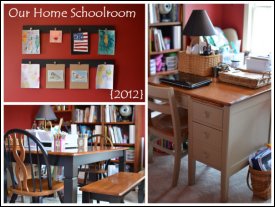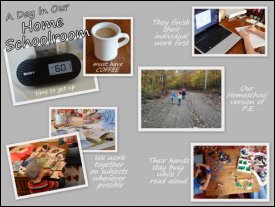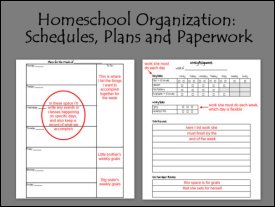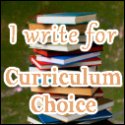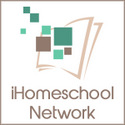Successful Start to Summer Schooling
Summer school is fully underway, hooray! I’ve made my notes to just leave June alone next year, and plan on a July start of more structured learning. That way I don’t feel “late” or “behind.”
We’ve been using the weekly checklists I made for the kids since early June and earlier this month started working away at our summer curriculum plans. I purposefully didn’t plan a lot of formal schoolwork, but tried leaving us open for relaxed learning. As a die-hard planner I wondered if this would work or if learning wouldn’t happen if I didn’t have it all written in my lists. The good news is we’ve learned a lot without me planning and directing everything! (Shocker, I know.)
Nature Study
Two new-to-us insects from nature found us this week:

My father-in-law brought this magnificent luna moth specimen to us. He shared a lot of information with us, and I later found this YouTube video of the luna moth life cycle that has wonderful footage of the moth and equally wonderful explanations of all the things that make it so interesting! We realized how lucky we were to see one, since they are nocturnal and adults only live one week. By the way, the adult luna moth doesn’t eat–at all. It comes out of the cocoon just to reproduce and die.

Another day I was mowing and noticed these wart-like growths on some maple leaves. I envisioned a crawly little insect or worm hatching out, so we put a few leaves in the bug catcher for observation…nothing happened. After a Google search I discovered they were galls formed by a mite that overwinters in the bark of the tree. The leaf produces the little pouch-like galls that surround the mite, which continues to live, feed, and breed within the gall. Luckily it isn’t likely to damage the trees. Insects are fascinating!
Science
We attended a Mad Science presentation sponsored by our library called “Dig Into Science: Journey to the Center of the Earth.” It was an interactive, action-packed hour where we all learned a little something.
Reading Aloud
We have been completely entranced by the Chronicles of Narnia. I’m reading the books aloud (starting with The Magician’s Nephew) and after we finish each one we’re listening to the radio dramatization from Focus on the Family (which is superb, by the way). I really wanted to read the series, but was a bit worried after all of us disliked The Hobbit. I wondered if we were fantasy-challenged but we all love this story.
Educational Television Viewing
My daughter has always enjoyed the “Dear America” books, and we stumbled across Dear America videos on Netflix. There are 12 half-hour episodes: nine are historical fiction stories from American history, three are the “Royal Diaries” versions that tell of a famous princess. I highly recommend them! They’re perfect for relaxed summer learning and have led to great discussions and role-playing the characters and time periods in their free time.
And a side note: I’ve talked about learning to loosen up on my themes and let go of my constant attempts to keep topics neatly grouped together. The old me would have written down this great resource and tried to use each video at its appropriate time in our history studies. The I’m-still-learning-to-let-go me not only let my children go ahead and watch Cleopatra (even though we’ll be studying her next school year) but I didn’t even require they watch the videos in order chronologically. How’s that for progress?
We are enjoying our new favorite science show, Mythbusters (many episodes also available on Netflix). My son loves the show and it really inspires him to experiment. For instance, on one show they were testing vehicles in tornado-force winds. The rest of the afternoon my son built Lego vehicles and tested them in wind. We played around with fans and a blow dryer to get the strongest wind. (And when I heard the leaf blower of the lawn company working down the street the crazy homeschool mom in me was tempted to ask to borrow it.)
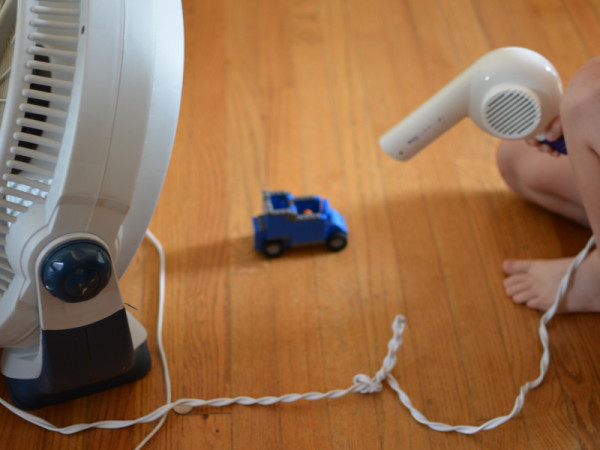
My favorite part of the show is how they model that everything doesn’t always work perfectly on your first try–often something fails and you have to try and try again!
Art
I shared our wire sculpting based on the book Norman the Doorman. Trying out a completely new art medium was great fun for all of us.
I have another homeschool experiment–if less planning can still mean a lot of learning, will this work in the area of art, too? Our art supplies are conveniently located in a big hutch near our kitchen, but neither of my children tends to get them out unless I’m directing a specific art project. I tried a little experiment one hot afternoon and got out the watercolor paints, telling them to paint whatever they wanted.
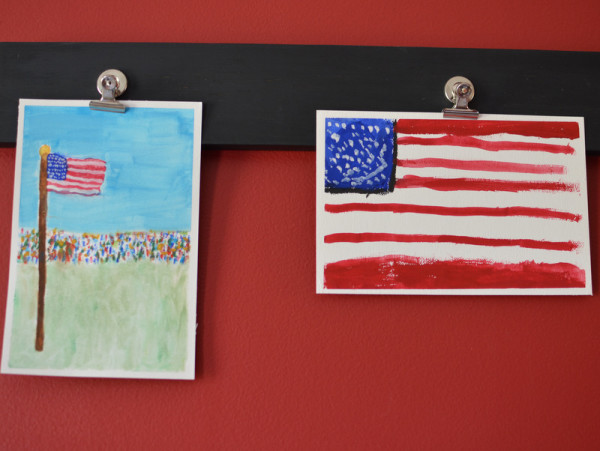
It worked wonderfully! This isn’t to say that I don’t want to do art projects with instructions for learning skills, but I think I’ve overlooked the importance of also giving them time to just create on their own.
And All The Other Things That Summer Brings!
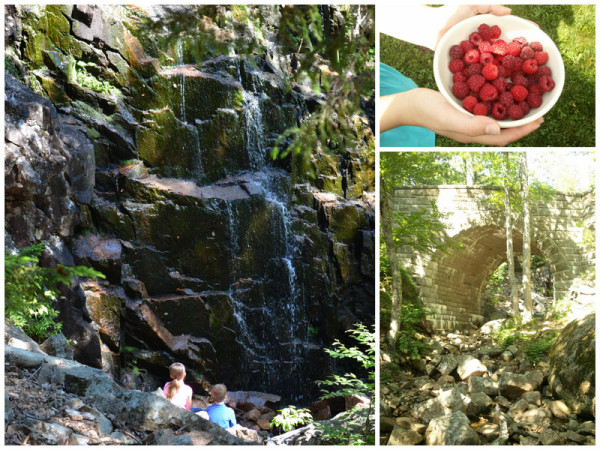
We hiked to a waterfall in Acadia National Park, walking on the historic carriage roads part of the way. Our summer goal is 10 new adventures, meaning a hike or visit to a lighthouse we’ve not seen before. This is number three checked off! I feel good about that progress. And speaking of progress, we’re beginning to see some produce from our gardens. Not enough to make jam or anything, but some raspberries made a delicious snack!
Have you been working on summer goals, either educational or just for fun?
Thank you to the wonderful hostesses with wrap-up link-ups. Be sure to join the fun and see what other homeschoolers are up to!
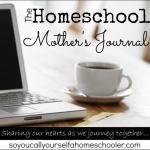


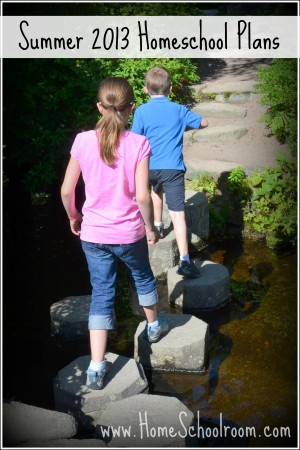
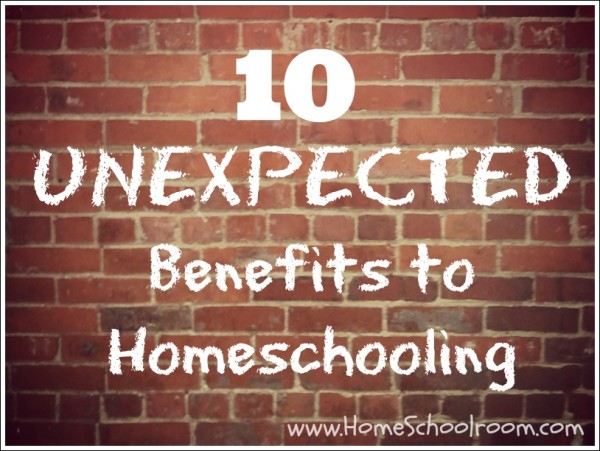
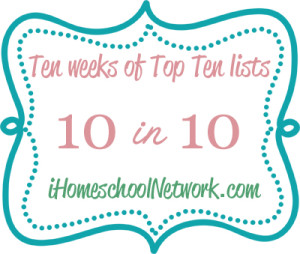
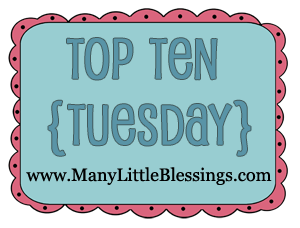
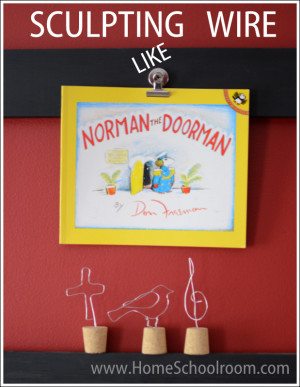
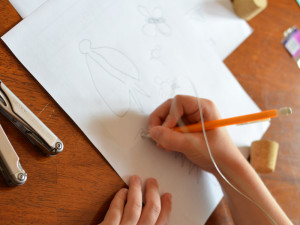
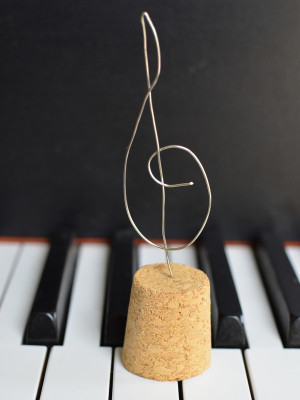
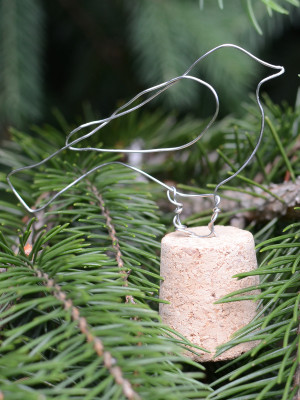
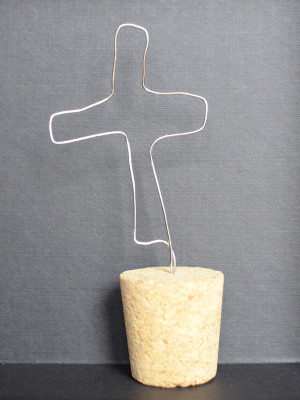

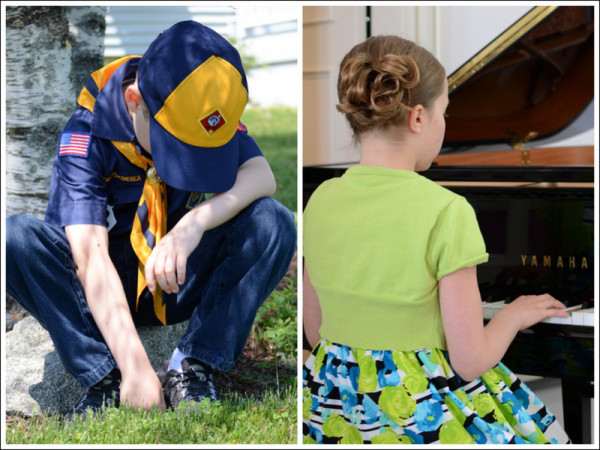
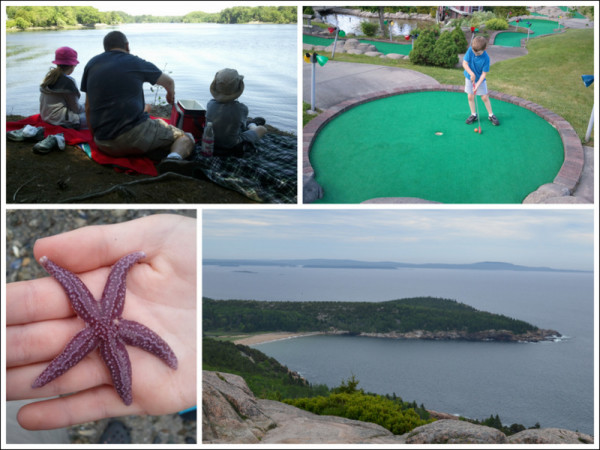
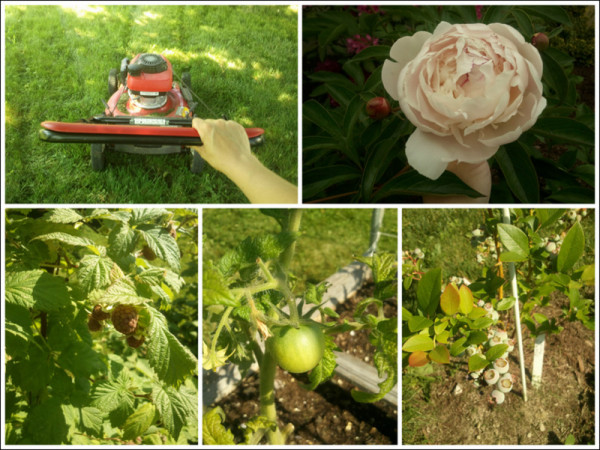


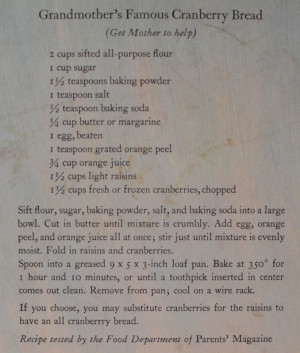
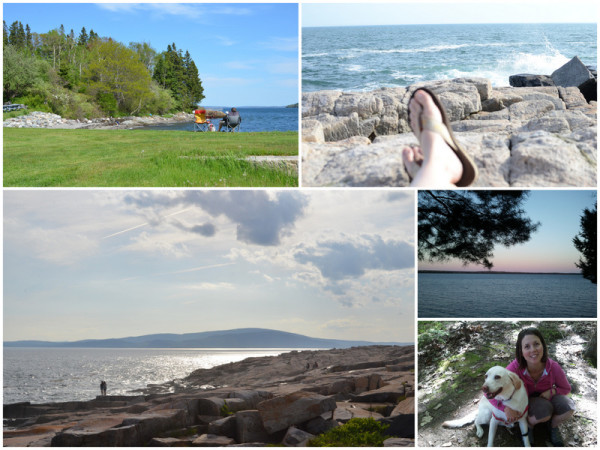
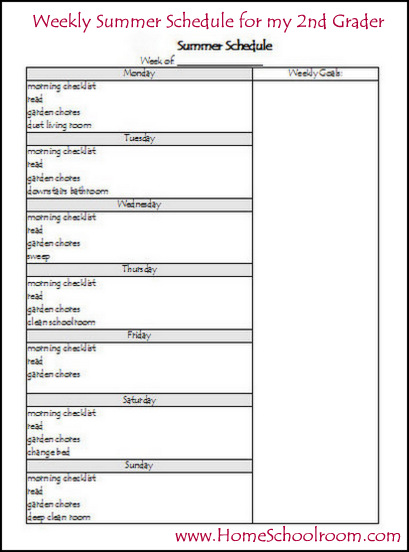
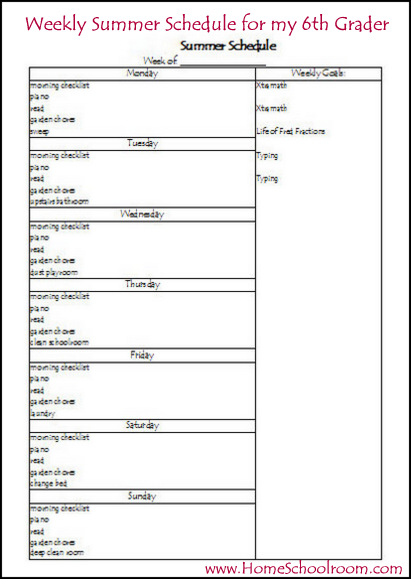
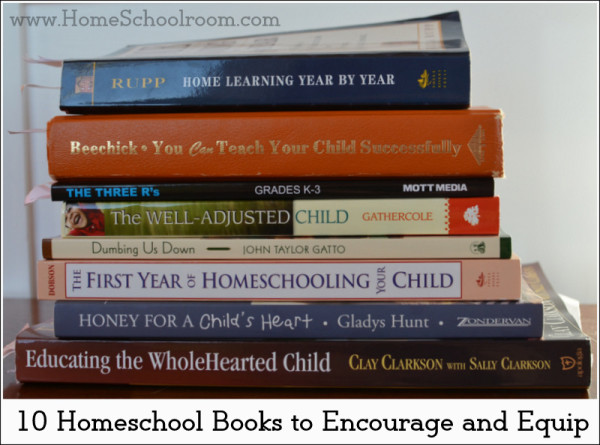
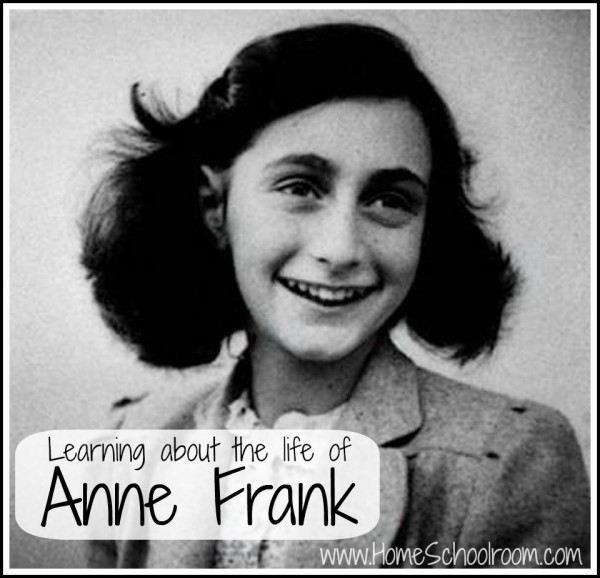
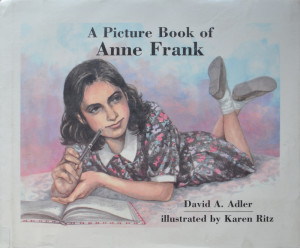
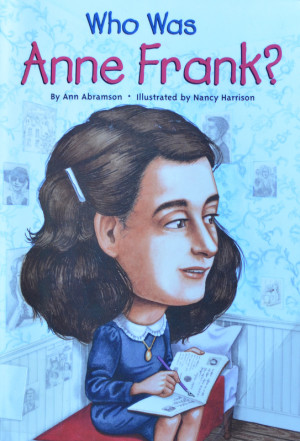
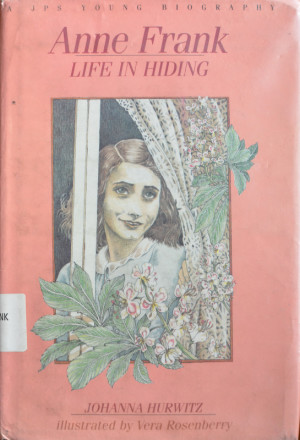
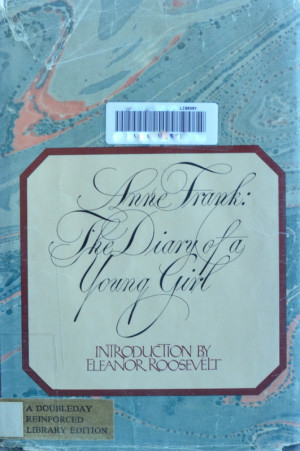
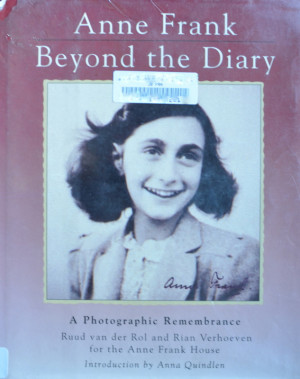
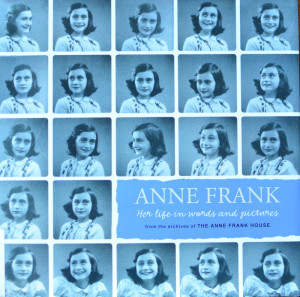
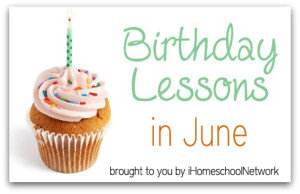
 Hi, I'm Heidi and I homeschool my two sweet kids. I want them to know that learning is an exciting lifelong adventure! We love great books, unit studies, notebooking, lapbooking, and hands-on learning.
Hi, I'm Heidi and I homeschool my two sweet kids. I want them to know that learning is an exciting lifelong adventure! We love great books, unit studies, notebooking, lapbooking, and hands-on learning.